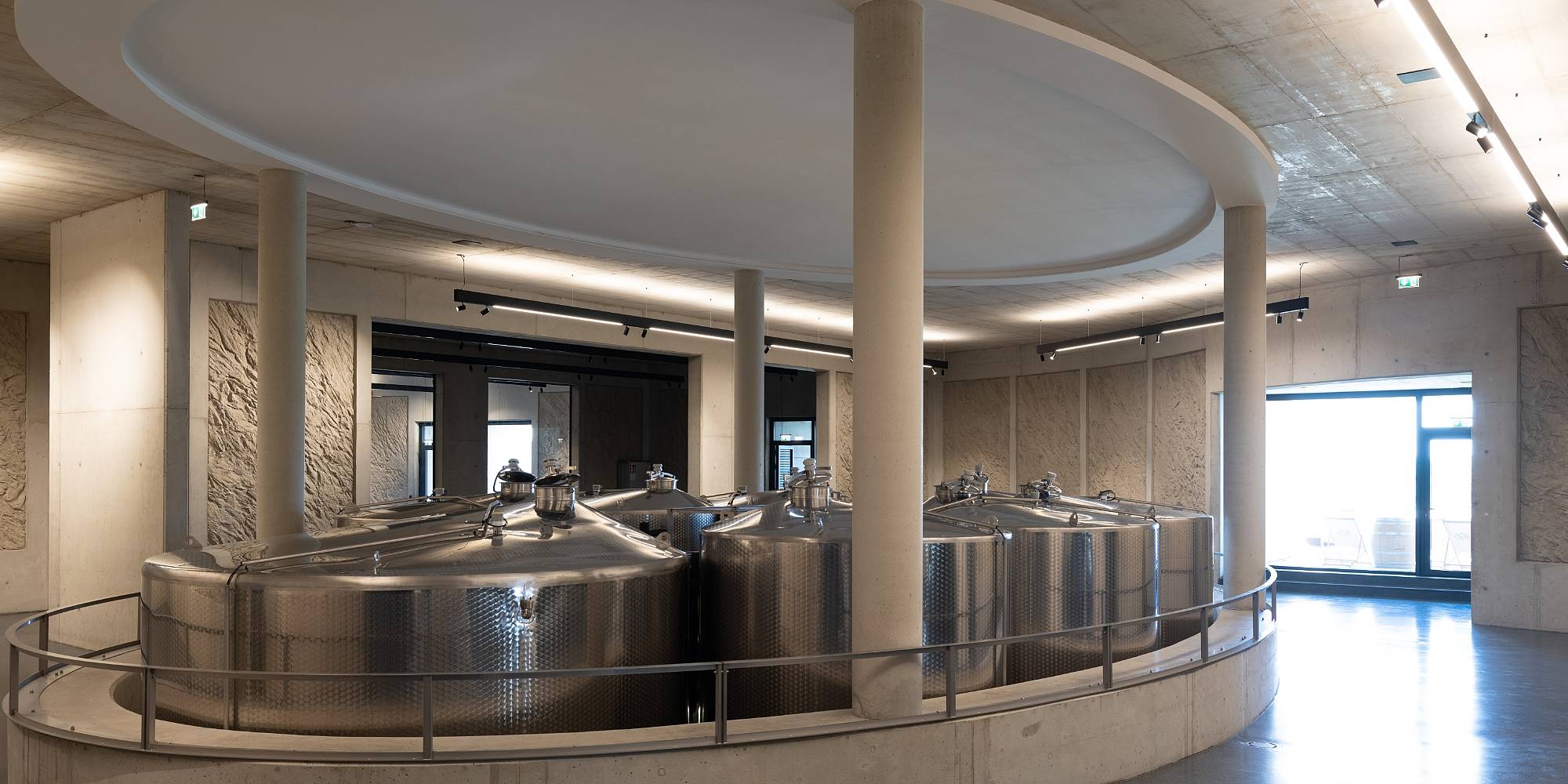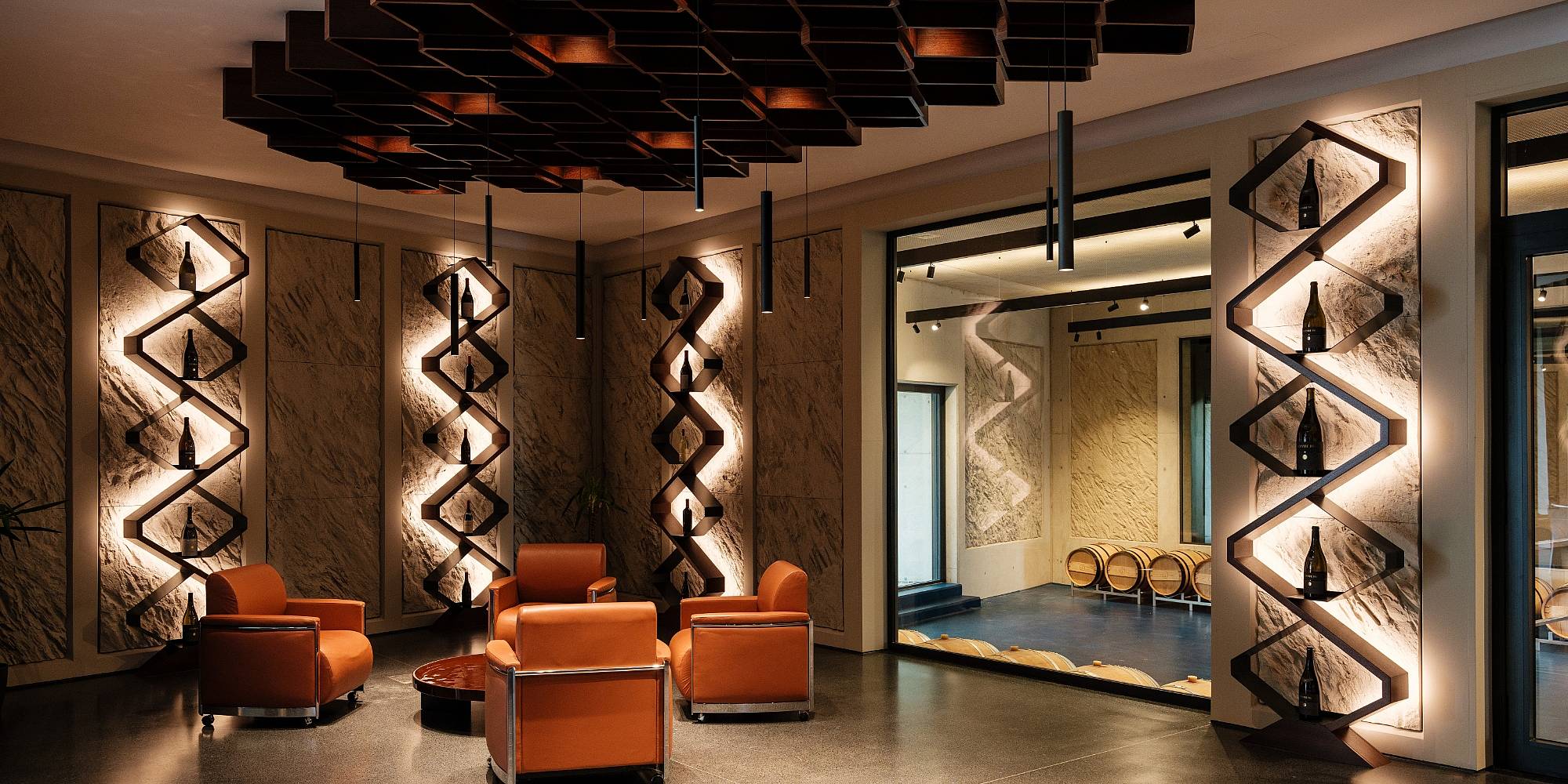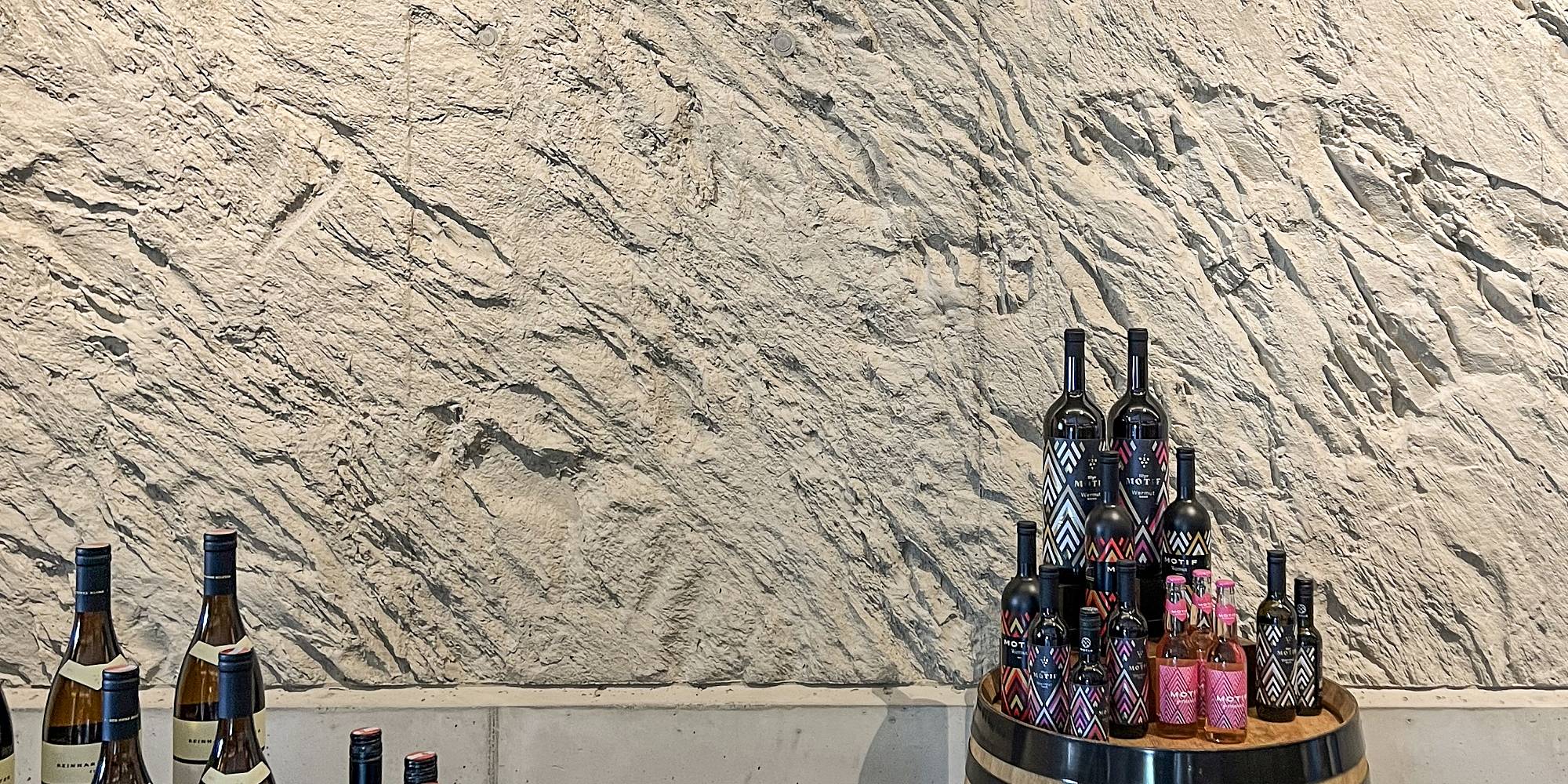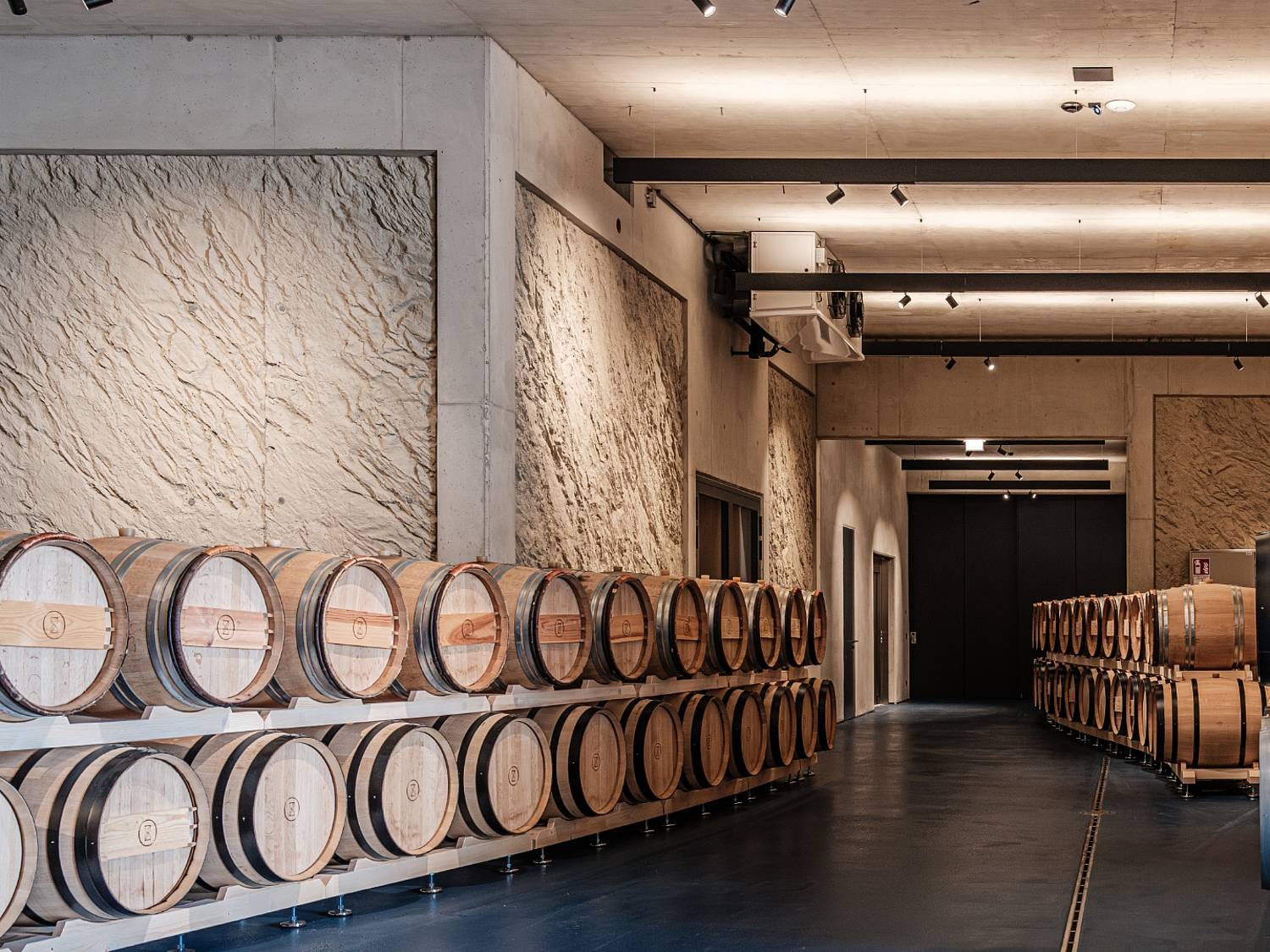Domaine 1196, Gamlitz, Austria
Domaine 1196 – Architecture Between Landscape and Material
Amid the vineyards and limestone slopes of southern Styria lies Domaine 1196 – a place where architecture, landscape, and craftsmanship converge.
Designed by Alberto von Bach and executed by Partl Bau GmbH, the winery reinterprets centuries of winemaking tradition, bringing it into the present day.
The name Domaine 1196 refers to the first recorded mention of viticulture in the region. Almost a thousand years later, the project builds on that heritage, focusing on Styrian quality and regional identity.
Initiated by Siegfried Wolf and his family, and developed in close collaboration with winemaker Reinhard Muster and renowned red-wine specialist Albert Gesellmann, the project brings together the teams of Muster.Gamlitz, Domaine Wolf, and Motif to create a new site for production, experience, and craftsmanship.
A True Rock Imprint for a Unique Design
To integrate the structure seamlessly into its surroundings, part of the hillside was excavated. This close connection to the topography is reflected in the material concept: around 900 square metres of exposed concrete surfaces in the interior were realized using the RECKLI 2/121 Cheyenne formliner.
The formliner’s surface is based on an imprint taken directly from natural rock, transferring its authentic roughness, layering, and depth onto the concrete. The result evokes geological formations and gives visible form to the dialogue between nature and architecture.
The realization of the curved wall elements demanded exceptional technical precision. RECKLI’s elastic formliners made it possible to continue the rock texture seamlessly across the curved geometries – a synthesis of flexibility, dimensional accuracy, and craftsmanship.
Inside, the space radiates both calm and strength. The concrete, raw yet finely modelled, interacts with wood, glass, and the subdued light of the surrounding landscape.
Yet Domaine 1196 is more than an architectural statement. It is conceived as a place of wine culture, encounter, and regional development.
Located on the historic site of Domaine Wolf in Styria, it now unites production, storage, and logistics, while also offering room for tastings, gastronomy, cultural events, and educational wine trails – a space where wine, architecture, and landscape come together in lasting harmony.




